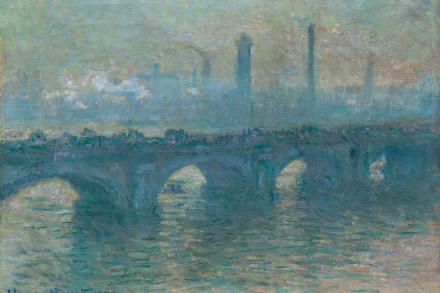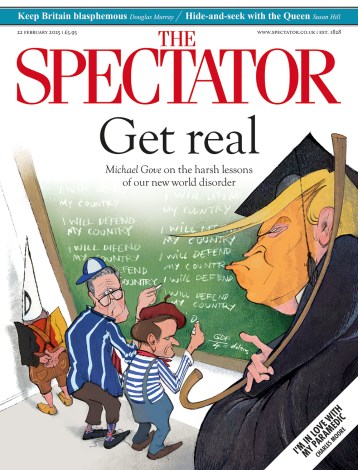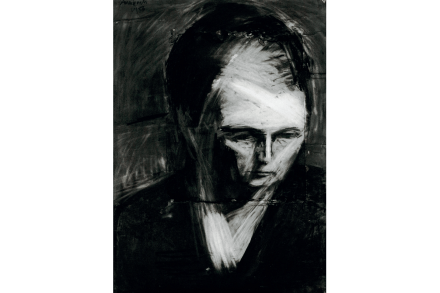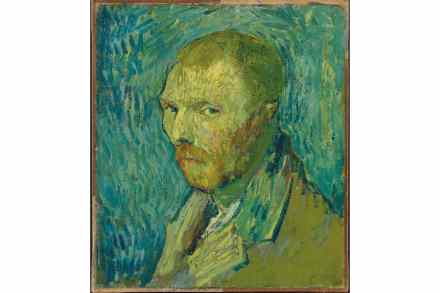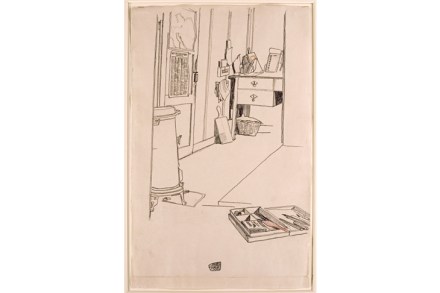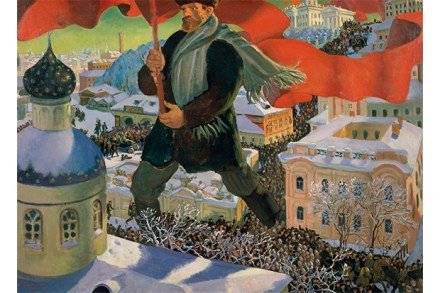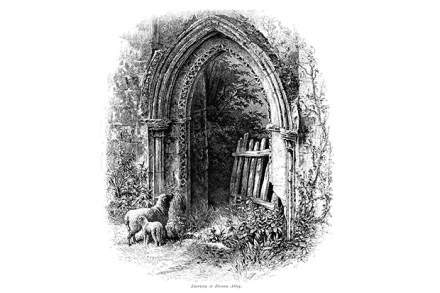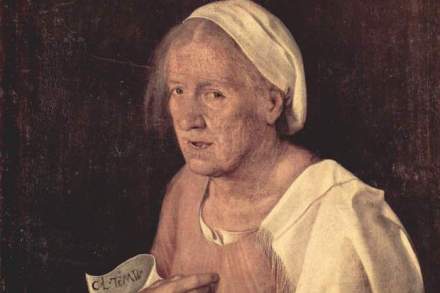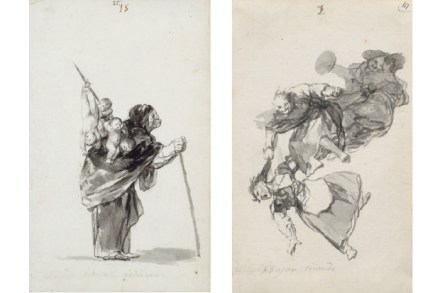Fog, tea and full English breakfasts: Monet and London, at the Courtauld, reviewed
For the maids on the top floors of the Savoy, everything was in turmoil. The 6th had been commandeered by wounded Boer War officers, and since February 1900 a suite of rooms on the 5th had been taken over by a French painter, who was using one as a studio. The officers were nice enough, but the Frenchman spoke almost no English and you could smell the turps down the corridor. Whatever was the management thinking? ‘Without the fog, London wouldn’t be a beautiful city. It’s the fog that gives it its magnificent breadth’ What the management was thinking was that the Frenchman was an internationally famous artist and the
